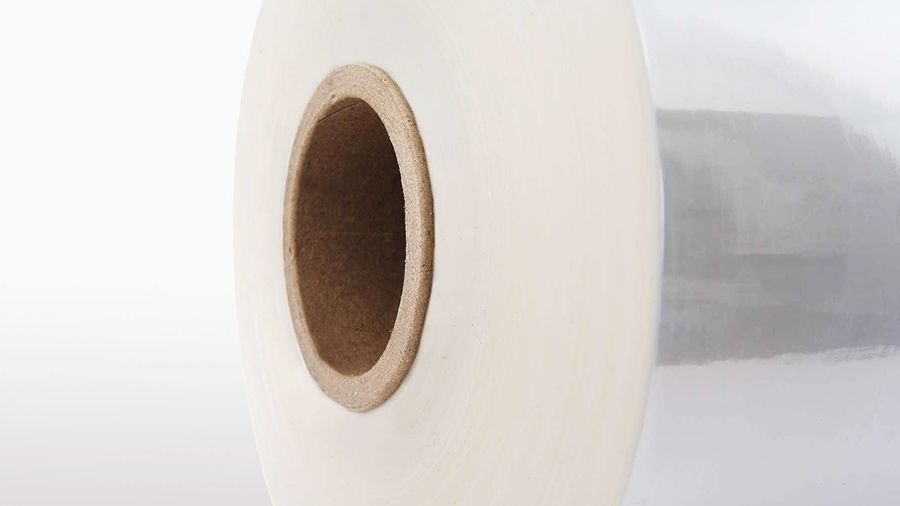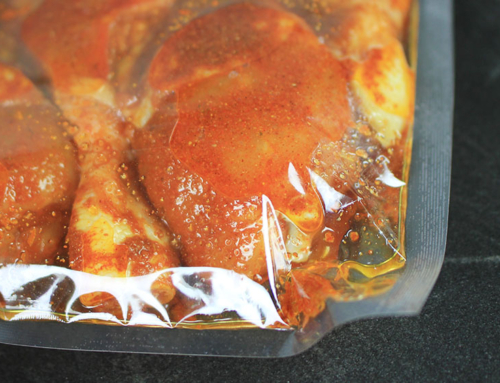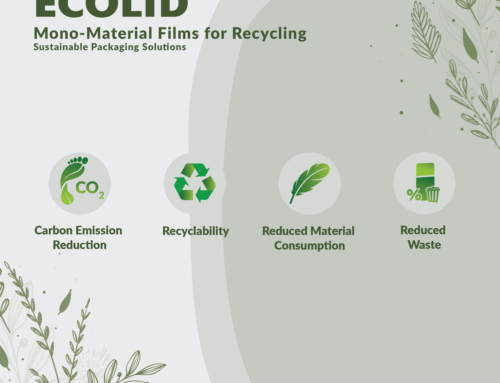Flexible Systems with Antioxidant Properties
In recent years, the food industry has shown increasing interest in active packaging systems due to their ability to extend the shelf life of products. Against this background, a recent study by a group of Italian researchers examined a polyamide-polyethylene (PA / PE) coating with antioxidant properties. To this end, several stable formulations have been prepared containing vitamin E (lipophilic compound) or ascorbic acid (hydrophilic compound). In both cases, the presence of organosilanes provides two functions: on the one hand, it facilitates the incorporation of large molecules (e.g. vitamin E), and on the other hand, it allows the adhesion of the coating to the plastic substrate (PA / PE). The latter process was carried out using an immersion coating. This coating is extremely homogeneous and transparent (in the visible spectrum) thanks to the flattening effect, as confirmed by optical absorption and roughness tests. The release of antioxidant molecules was assessed (over 14 days) by UV spectroscopic measurement using ethanol. The estimated release of antioxidants ranged from 10 to 40% for all tested (based on vitamin E or ascorbic acid) samples. Antioxidant potency, as measured by FRAP analysis, which reduces the antioxidant capacity of ferrite, was significantly higher in the formulation containing ascorbic acid than in the formulation containing vitamin E. In addition, both products were noted to retain significant antioxidant potency even after four months. after deposition.
Biodegradable Soy Protein Formulas Derived From Chestnut Boron. Traditional petroleum-derived food packaging systems are gaining in importance. As a result, the interest of the food industry in the development of biodegradable systems is constantly growing. Plant proteins are better suited for this purpose, and soy proteins (SP) are most interesting for some of their properties, as they are low cost, widespread availability, and maximum biodegradability. To this end, a recent study by a group of Chinese researchers investigated soy protein isolate (SPI) films incorporated with chestnut extract (CBE). Samples were prepared with CBE contents: 20 g / kg, 50 g / kg, 80 g / kg and 100 g / kg. The authors note that the presence of CBE significantly increases protection against UV radiation and oxygen barriers (both properties that contribute to reducing natural nutritional impairment). DPPH test results also show that the antioxidant properties of SPI films improved from 0.1 MPa when 80 g / kg CBE was added. According to Fourier transform infrared spectroscopy, the authors indicate that the addition of CBE affects the mechanical properties of SPI films by altering the distribution of secondary protein structures. The cross-section of the samples viewed by scanning electron microscopy became more compact as the CBE level increased.







Leave A Comment
You must be logged in to post a comment.